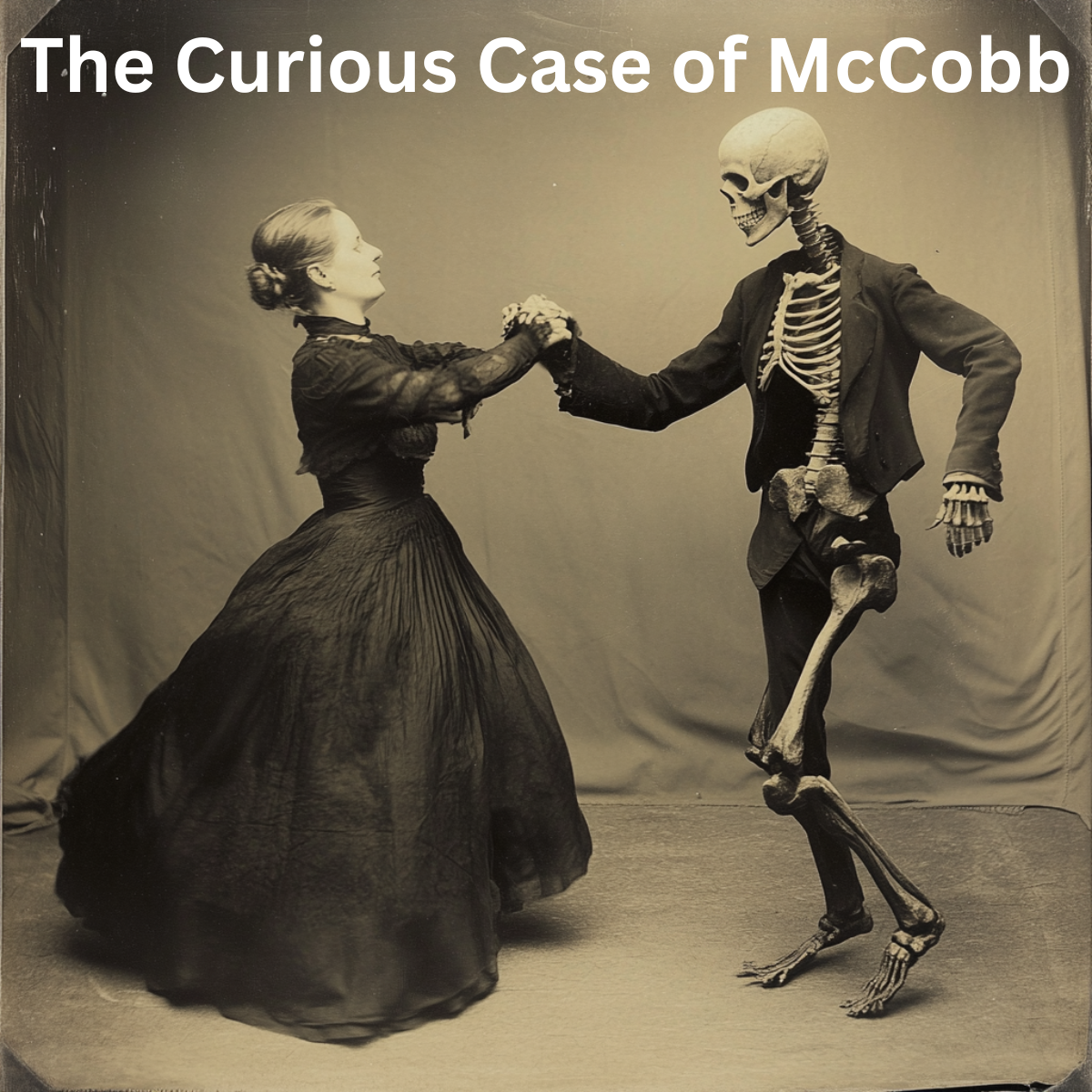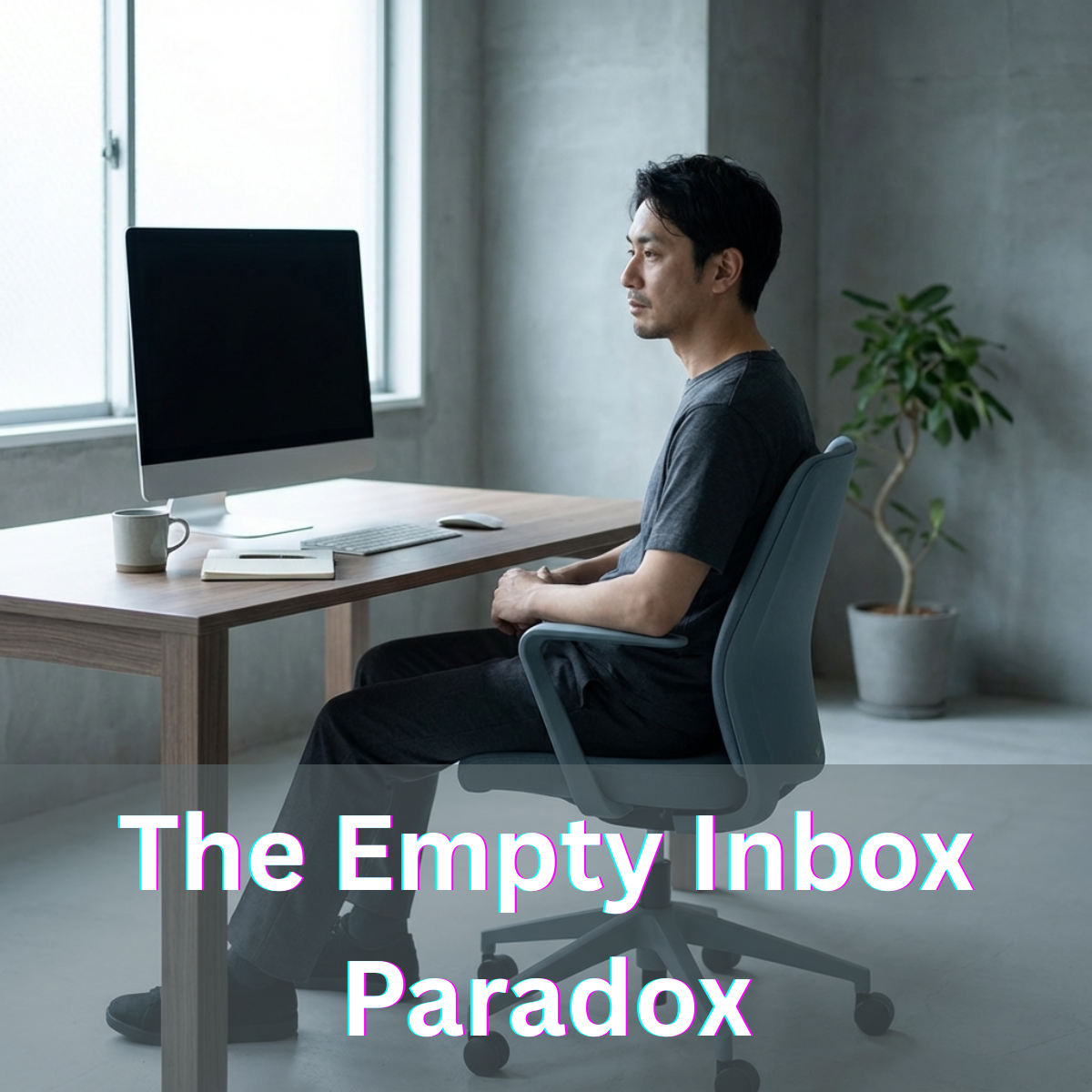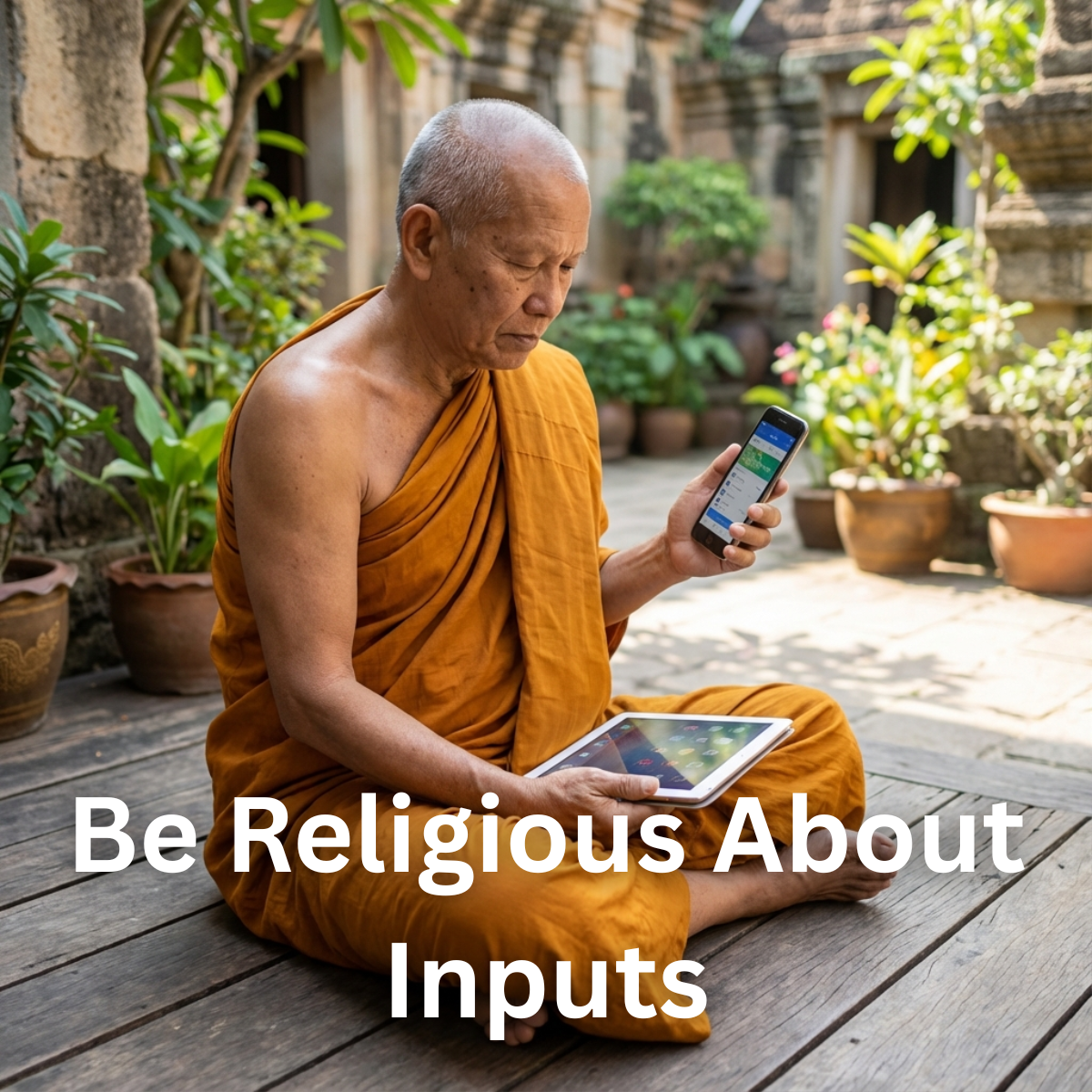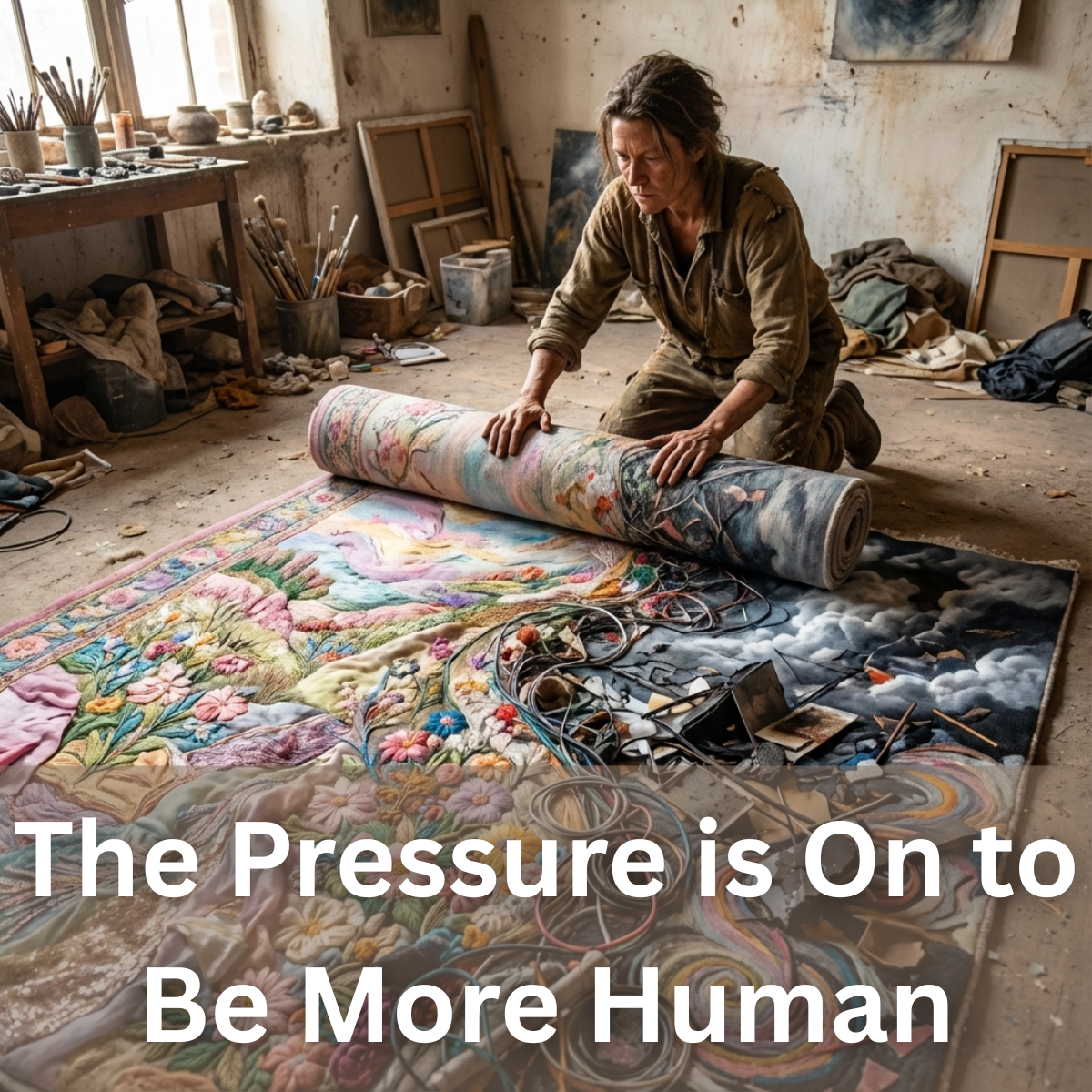Whenever I hear a phrase like macabre imagery, my instinct is to dive into why people are using it. What are they trying to accomplish? What is the underlying intent behind the words? Language is rarely just a vehicle for communication—it is a tool of persuasion, an expression of emotion, and sometimes, a reflection of something deeper.
One perplexing variation I’ve encountered is when people say McCobb imagery instead. At first, I dismissed it as a simple mispronunciation. But the more I thought about it, the more I realized that the confusion between Macabre and McCobb actually reveals something interesting—perhaps even poetic—about the way we perceive order and chaos in life.
Macabre Imagery: A Dance with Death
The word macabre has deep roots in European history. It originates from the Old French danse macabre, which refers to the Dance of Death—a medieval artistic motif that depicted skeletons leading the living to their inevitable fate. The concept emerged during times of plague and war, serving as a stark reminder that death comes for all, regardless of status or power. Over time, macabre imagery came to signify any dark, eerie, or death-related visual or literary work. Think of Edgar Allan Poe’s poetry, Francisco Goya’s The Disasters of War, or the grim aesthetic of gothic horror.
Rhetorically, when someone invokes macabre imagery, they are doing more than just describing something spooky. They are leaning into an existential weight, conjuring the idea of mortality, decay, and the unsettling presence of the unknown. It is a way of pulling attention to the dark undercurrent beneath the surface of everyday life.
McCobb Imagery: An Unexpected Counterpoint
And then there’s McCobb imagery. If you’re wondering what that even means, you’re not alone. McCobb refers to Paul McCobb, an American designer known for his clean, modern, and functional furniture in the mid-20th century. His work embraced simplicity, order, and minimalism—essentially the complete opposite of anything macabre.
So why do people confuse the two? It’s likely just an auditory slip—macabre is an uncommon word, and McCobb sounds similar enough to be mistaken for it. But the mistake itself is interesting. If macabre imagery evokes death, disorder, and the unsettling, then McCobb imagery (if we can call it that) represents structure, precision, and a controlled aesthetic. One is about entropy, the other about order. One embraces the inevitable decay of things, the other seeks to arrange them in perfect harmony.
The Rhetorical Power of Both
If someone describes something as macabre, they are likely attempting to create unease, to force an awareness of something lurking beneath the surface. It is a reminder of what we often try to ignore—the impermanence of life, the inevitability of death, and the eerie beauty found in decay.
If, on the other hand, someone were to use McCobb imagery (perhaps unwittingly), they might be attempting the opposite—evoking order, balance, and a structured design meant to bring clarity and calm. While macabre forces us to confront the chaos of existence, McCobb offers an aesthetic refuge from it.
A Reflection on Feeling
What makes this mix-up compelling is that it accidentally creates a spectrum between two opposing forces—chaos and order. There are days when I feel drawn toward macabre themes, when I recognize the unsettling realities of life. These are the moments when I reflect on struggle, suffering, and the inescapable passage of time. And then there are days when I crave McCobb—clarity, structure, and the feeling that things can be arranged just so, at least for a little while.
Perhaps the accidental confusion of these words is more meaningful than it seems. Maybe deep down, we are all toggling between the macabre and the McCobb—the forces of disorder and decay, and our human desire to create something lasting and intentional. The trick is knowing when to embrace each.




